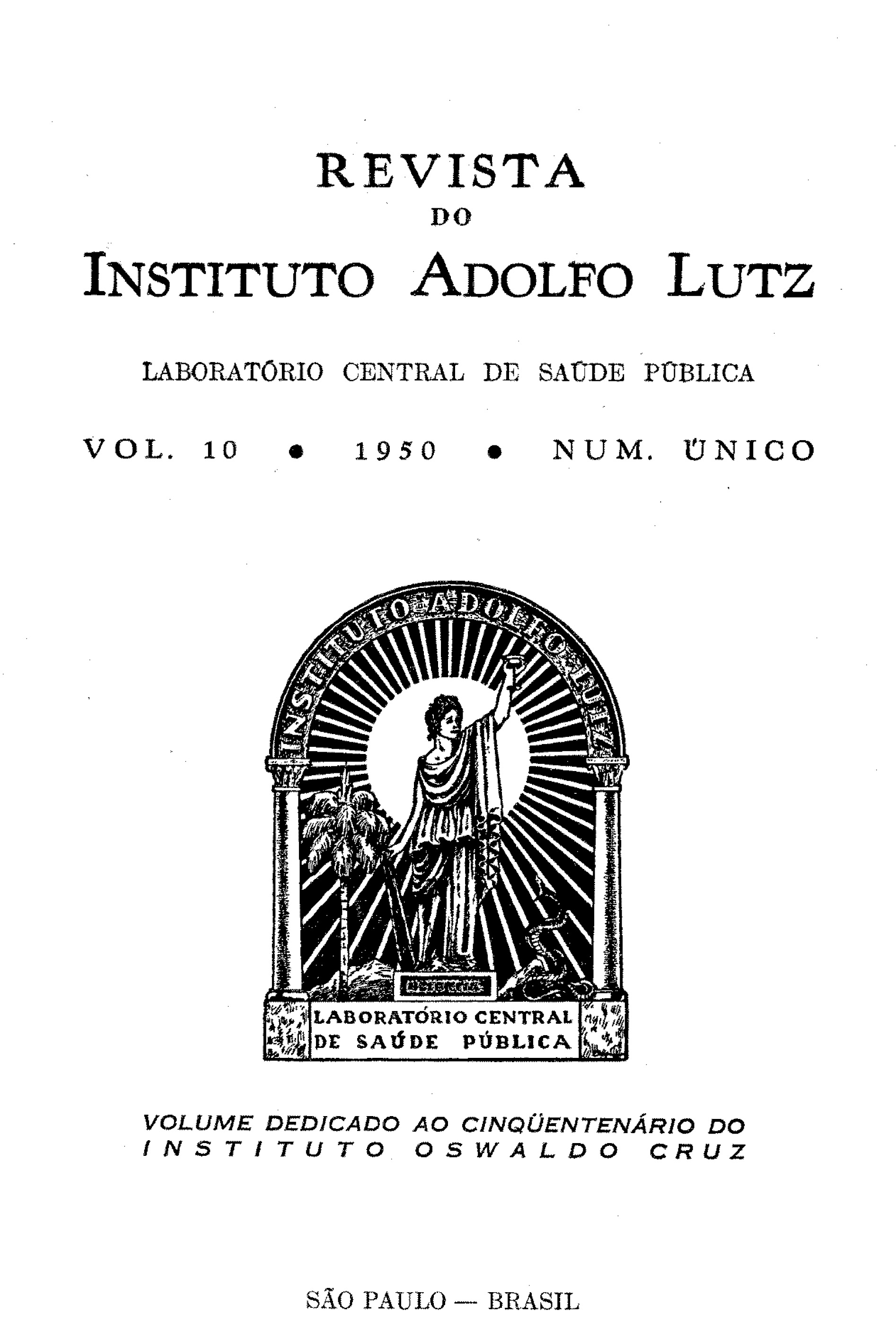Abstract
On a stretch of six years (1943-1949) the authors isolated 15 sample cultures of Salmonella choleraesuis var. Kunzendorf from the blood of patients suspected of having either typhoid or paratyphoid fever. Smooth sample cultures of every one of them fermented and produced gas on the following carbohydrates: glucose, levulose, galactose, mannose, xylose, maltose, mannitol, ramnose, sorbitol and dextrine. Glycerol was fermented in 48 hours without gas production, There was no fermentation on media containing either lactose, saccharose, salicin, arabinose, inositol, dulcitol, inuline, raffinose or trealose. Hydrogen sulphide: positive; reduction of nitrates into nitrites: positive; indol production: negative; gelatin liquefaction: negative; tournesol milk: acidity in the beginning and finally alkalinity. There was no change in Simmon's medium in 48 hours. Negative reactions in Stern medium and arabinose-Bitter. Positive reactions in rhamnose-Bitter medium (24 hours). The serologieal classification of the 15 samples was carried on according to the scheme of Kauffmann-White. An interesting peculiarity observed by the authors about the samples isolated by them, as well as in samples of other sources and in the samples of the Salmonellae of the Aberdeen type, is the capacity to produce a lightbrown pigment when cultivated in agar-Hottinger medium. The same capacity to produce such pigment was observed when the cultures were grown on culture media of certain batches of gelatin. Numerous amino-acids were added, either one at a time or all of them at the same time to agar-peptone media but none of them gave rise to the pigment appointed.
References
1. ELKELES, G. e E.BARROS- 1935 - Jnfección humana aguda por bacilo suipestifer (Salmonella cholerae-suis var. Kunzendorf). Rev.Soc.Argent.Biol. 16: 158-153.
2. HORMAECHE,E., C.A.PELUFFO e P.L.ALEPPO - 1935 - Nueva contribución al estudio etiologico de las "Diarreas infantiles de verano". Las "Salmonelas" en Ias enterocolitis de Ia infancia. Arch.Urug.de Med.,Cir. y Especialidades 9: 113-162.
3. KALlÉ, D.Z. e V.P.KOROS'l'OVEC- 1934 - Einige Fâlle von Paratyphus C (Kunzendorf) in Belgrad. Zentralbl.f.Bakt. lste Abt. Orig. 132: 18-20.
4. PAMPANA,E.J. - 1931 - La dissociazone microbica ela tripaflavina come suo reattivo. Annali d'Igiene 41: 537-553.
5. SIMMONS,J.8. - 1926 - A culture medium for differentiating organisms of typhoid-colon aerogenes groups and for isolation of certain fungi, J.Infect.Dis. 39 : 209-214.

This work is licensed under a Creative Commons Attribution 4.0 International License.
Copyright (c) 1950 Instituto Adolfo Lutz Journal
